I installed oh-my-posh, and got MesloLGLDZ Nerd Font installed separately (had to, because the omp font installer kept giving an error). That font is part of my system now. It appears in system fonts.
My system terminal is looking great, but in VS Code, it's missing the symbols from the font. Just showing rectangles.
I have only seen instructions for Windows, but I'm on Mint. I have the default theme I suppose, since I didn't change that, and I want to keep that.
In the system terminal, I did it by going into settings for the terminal. But in VS Code, how can I connect my new font with omp? I tried changing the terminal font to "terminal.integrated.fontFamily": "MesloLGLDZ Nerd Font Mono" in VS Code's settings.json, but that just messed up the font and didn't add the symbols as hoped.


